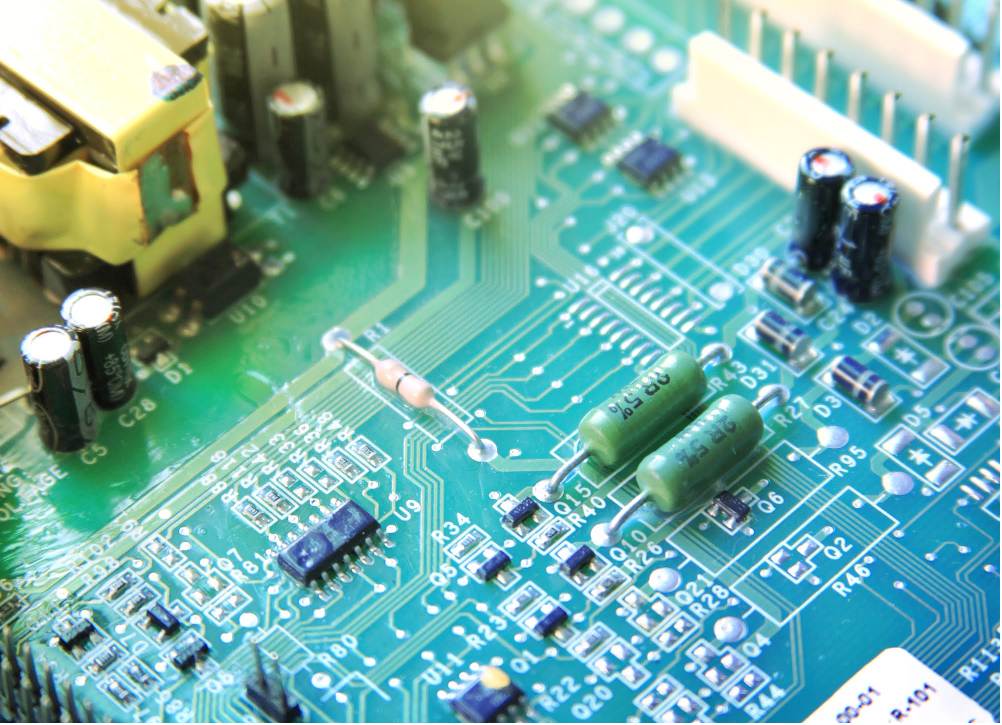
The air conditioner control board remains out of sight but performs a critical function in the system’s operations. Below are some things you should know about the control board.
How the Control Board Works
You don’t have to do much once you switch on the AC and set the right temperature. Most of the AC’s functions occur in the background. The control board automates the AC functions, so you don’t have to do much. The AC control board has electronic components for automating different functions.
AC control boards vary in complexity, features, and functions. A basic control board receives instructions from the thermostat and uses the data to control the AC’s cooling output.
When you first switch on the AC, the control board receives temperature data from the thermostat and compares it to the temperature you set. If the set temperature is lower than the ambient temperature, the control board instructs the AC to start its cooling cycle. The instruction gets the AC motors running.
Once the ambient temperature reading matches the set temperature, the control board instructs the AC to cycle off. The cooling cycle restarts if the ambient temperature drops.
The control board receives the data, such as ambient temperature, as electrical signals. The control board interprets the signals and transmits the relevant instructions. The AC control board also controls fan speeds, dampers, and motor speeds.
What Causes Control Board Failure
Anything that interferes with the electrical and electronic controls on the board can interfere with its functions. Below are specific causes of control board failure.
Age-Related Wear and Tear
Manufactured things experience wear and tear as they age. Insulation deteriorates, soldered areas break apart, and individual components, like capacitors, die. Age-related wear and tear is inevitable even for properly maintained systems. The more you use your AC, the more it experiences wear and tear.
Electrical Abnormality
Electrical and electronic devices operate within specific limits or tolerances. Thus, electrical abnormalities can damage the control board. Electrical abnormalities include:
- Voltage spikes
- Low voltage
- Electrical short circuits
- Overcurrent
For example, a voltage spike can kill individual components on the control board and cause the board’s failure.
Heat or Moisture Exposure
The board’s operating environment also matters. For example, high temperatures can fry some components, and moisture exposure can create electrical malfunctions or material degradation. A dusty control board can overheat and fail.
How To Spot Control Board Failure
Below are two main ways to suspect control board failure.
Visual Cues
You might see physical signs of damage on the control board if you know how a sound control board looks. For example, the control board might:
- Be extremely dirty
- Have blackened areas
- Have deformed components
- Have disconnected wires
- Show discontinuities in their traces
You may only see these visual signs of damage after opening the control board cover. However, uncovering the control board makes sense if you know what to look for and have electrical skills and experience. Otherwise, abandon your DIY skills and contact a professional.
AC Malfunctions
ACs or their control boards do not have specific signs of failure. However, you will notice cooling impairment or signs of AC malfunction because the control board is the AC’s heart of operations. For example, you might notice that:
- The AC does not cool your house as fast as it should
- The AC is noisier than usual
- The AC keeps restarting
- Some parts of your house are colder than others
These symptoms can also mean other AC malfunctions other than control board failure. Contact a professional for a definitive diagnosis.
At Steele Brothers Heating, Inc., we promise you that no job is too big or small for us. Contact us for help, whether you want to install or service an AC system, and enjoy our professional services.
